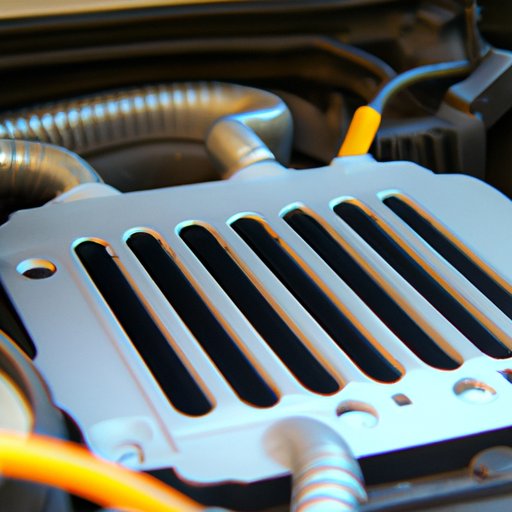Introduction
A car air conditioning (AC) system is an essential component of a vehicle. It provides a comfortable environment for drivers and passengers by cooling the interior of the car. The AC system works by using a refrigerant, which absorbs the heat from the air inside the car and then releases it outside. The system is composed of several components that work together to make the cooling process possible.
Refrigerant Cooling System
The science behind the cooling process is based on the principles of thermodynamics. Heat energy is absorbed by the refrigerant, which is then compressed into a high-pressure gas. This gas is then passed through an expansion valve, where the pressure drops and the gas is cooled. The cooled gas then passes through an evaporator coil, which absorbs the heat from the air inside the car. The heat energy is then released outside the car through the condenser coil.
There are different types of refrigerants used in car AC systems. The most common type is R-134a, which is a hydrofluorocarbon (HFC) refrigerant. Other types of refrigerants include R-12 and R-22, but these are being phased out due to their ozone-depleting properties.
Car AC Maintenance
Maintaining your car AC system is important to ensure it continues to work properly. The steps involved in maintenance include checking for leaks, inspecting the hoses and belts, and replacing any worn or damaged components. It is also important to check the levels of refrigerant, as low levels can cause the system to become less efficient. It is recommended to have your car AC system serviced at least once a year.
Benefits of Modern Car AC System
Modern car AC systems offer many benefits compared to older models. They are much more energy efficient, meaning they use less energy to cool the car. This results in lower fuel costs and reduced emissions. Additionally, modern systems provide improved comfort levels, with better temperature control and air circulation.

Impact of Different Settings on Fuel Economy
The settings of your car AC system can also have an impact on fuel economy. Factors such as the outside temperature, the speed of the car, and the number of passengers can all affect the amount of fuel consumed. Additionally, running the AC at full blast will require more fuel than running it at a lower setting. It is important to adjust the settings accordingly to maximize fuel economy.
Conclusion
In conclusion, car AC systems provide a comfortable environment for drivers and passengers. The system works by using a refrigerant to absorb the heat from the air inside the car and release it outside. It is important to maintain your car AC system to ensure it continues to work properly. Additionally, different settings can have an impact on fuel economy, so it is important to adjust them accordingly. Finally, modern car AC systems are more energy efficient and provide increased comfort levels compared to older models.
(Note: Is this article not meeting your expectations? Do you have knowledge or insights to share? Unlock new opportunities and expand your reach by joining our authors team. Click Registration to join us and share your expertise with our readers.)
